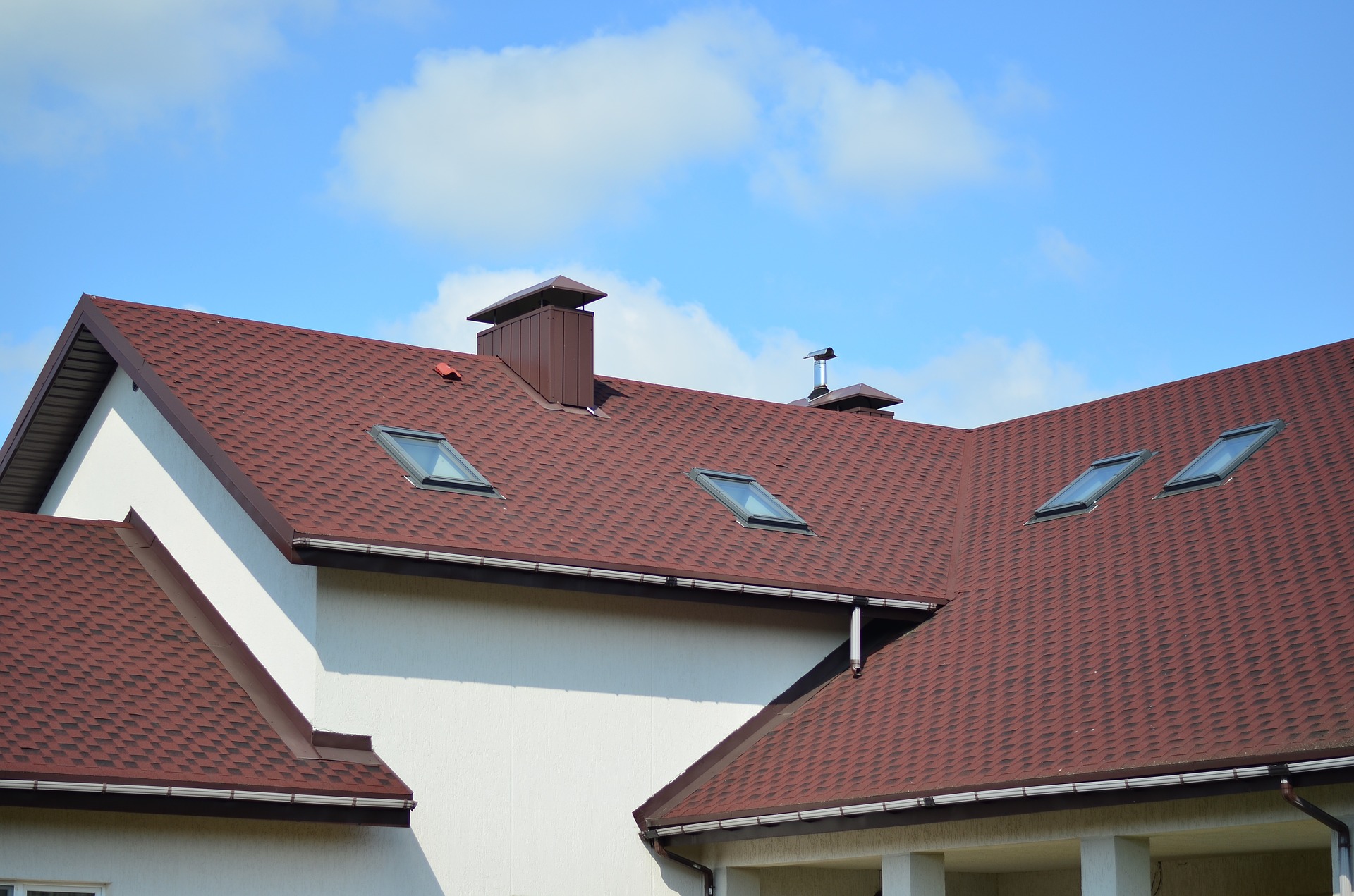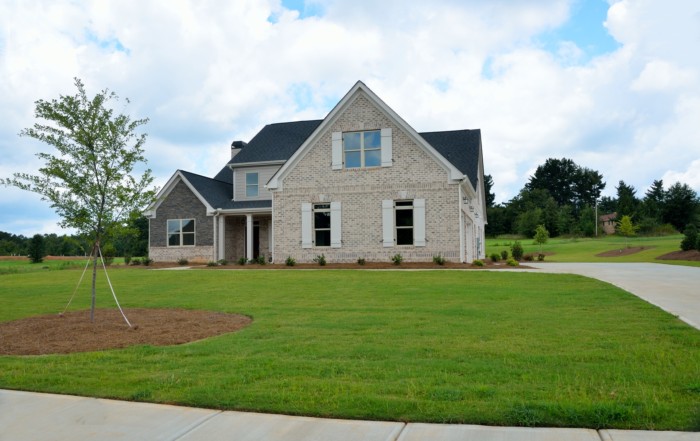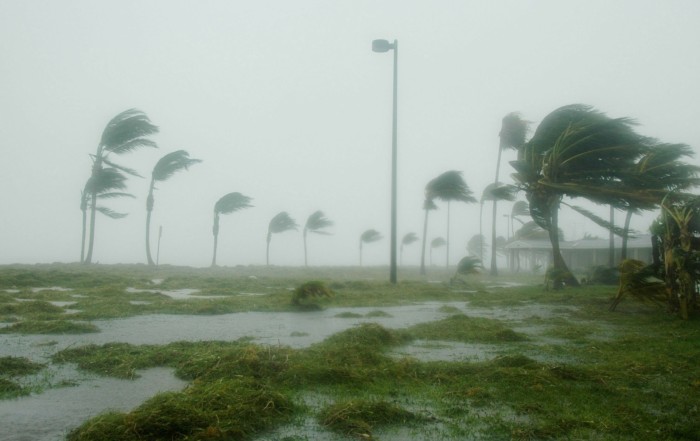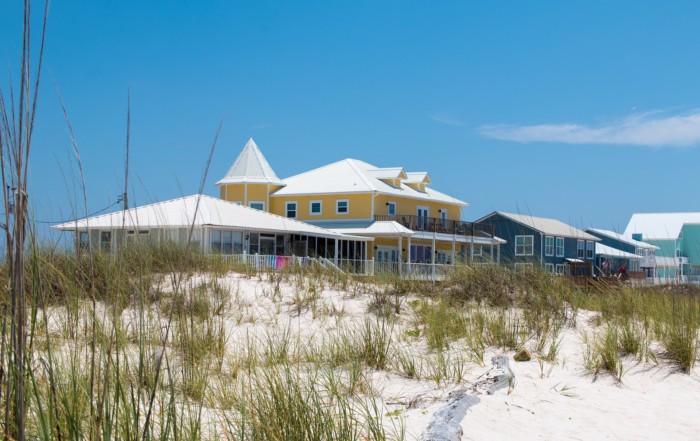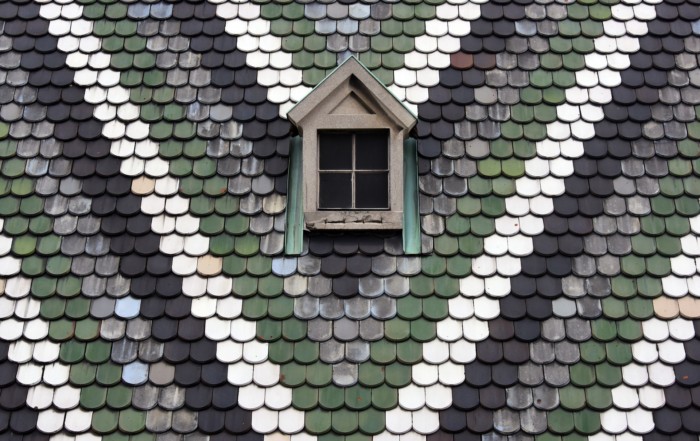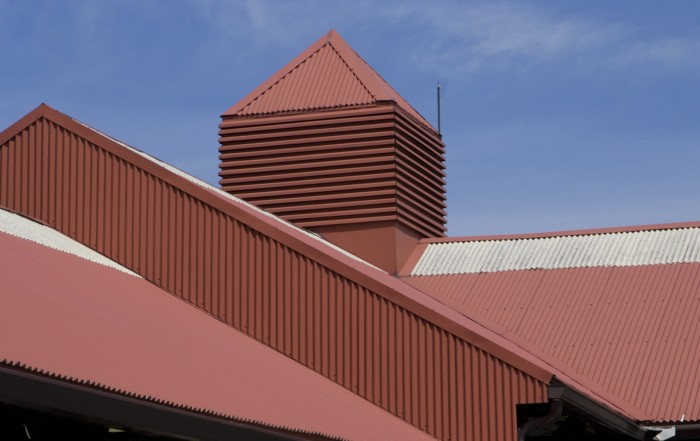Although it is not an every day occurrence, there are times when you need to discuss your roof.
Whether to navigate a new insurance policy or to understand what the home inspector is describing to you about your prospective home purchase – there is some basic roofing terminology which will come in handy.
Roofing Terminology You May Find Useful
Deck: The roof deck is the roofing material (often plywood) located on top of the trusses/joists; the rest of the roof, which is made up of the insulation/weatherproofing layers and roofing materials rests on the roof deck.
Drip Edge: A drip edge is a piece of roof trim which directs water into the gutters, ensuring that water ends up where it is supposed to go as it drains from the roof.
Dry Rot: Dry rot is fungal timber decay occurring in poorly ventilated conditions in homess, resulting in cracking and powdering of the wood.
Eaves: The eaves are the edges of the roof which overhang the face of a wall, normally to throw water clear of the walls.
Flashing: Roof flashing are thin metal pieces installed to prevent the intrusion of water into the roof structure. Flashing is intended to decrease water penetration in areas such as chimneys, vent pipes, walls, windows and door openings. Flashing is most typically made of lead, aluminium, copper, stainless steel and zinc alloy.
Gable Roof: A gable roof has two sloping sides that come together at a ridge, creating end walls with a triangular extension, called a gable, at the top.
Granular Loss: An asphalt shingle roof can experience granular loss due to weather or age; essentially, the small granules which make up the surface of the shingle begin to erode and flake off, making the shingle less effective.
Hip Roof: All sides of a hip roof slope downwards to the walls, generally with a gentle slope. A hipped roof house has no gables or additional vertical sides. The exception to the low slope of a hip roof is a tented roof, which is technically a hip roof but with steeply pitched slopes rising to a peak.
Rafters: A rafter is one of a series of sloped structural members (usually wooden boards) designed to support the roof deck and its associated loads. Ridge: A ridge is the peak where two opposing roof planes meet. It is the highest point on a roof, represented by a horizontal line where two roof areas intersect, running the length of the area. The ridge is therefore the peak of a roof, but the term also refers to the beam which is used in building the ridge.
Roof Pitch: The pitch is a numerical measure of the steepness of a roof. Roofs are functionally flat or “pitched”, and can further exhibit a low pitch or a steep pitch. The pitch of a roof is calculated by dividing vertical rise by horizontal span.
Roofing Materials: The top layer of the roof, most often wood or asphalt shingle, tile, stone or metal.
Soffits: The soffit consists of the material from the top of an exterior house wall to the outer edge of the roof, i.e., bridging the gap between a home’s siding and the roofline.
Underlayment: The underlayment, typically felt or asphalt based, is a secondary barrier against water leaks, applied to the roof deck before the actual roofing materials.
Valley: The valley is defined as the internal angle formed by the intersection of two sloping roof planes, the purpose of which is to provide water runoff.
The best way to understand your roof, as well as any maintenance or repair it may need, is to speak to the experts at Avery Roof Services. We are proud of our reputation as one of Sarasota’s most trusted roofing contractors.


